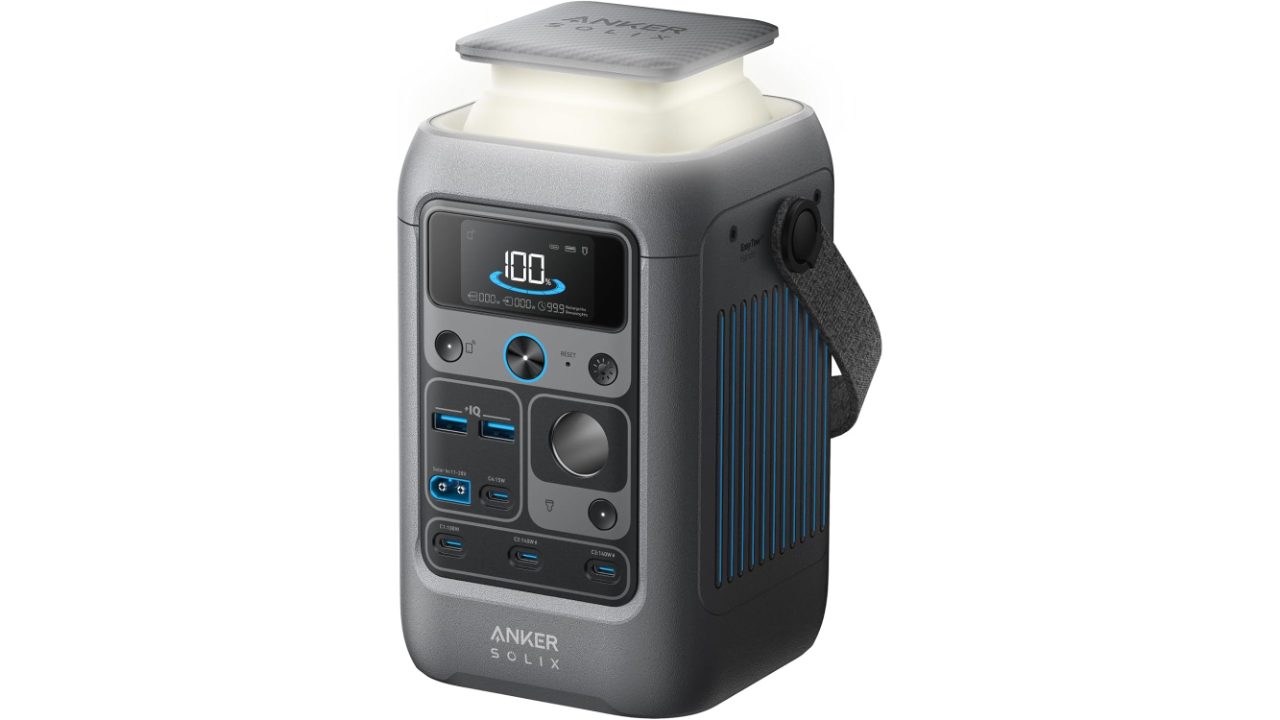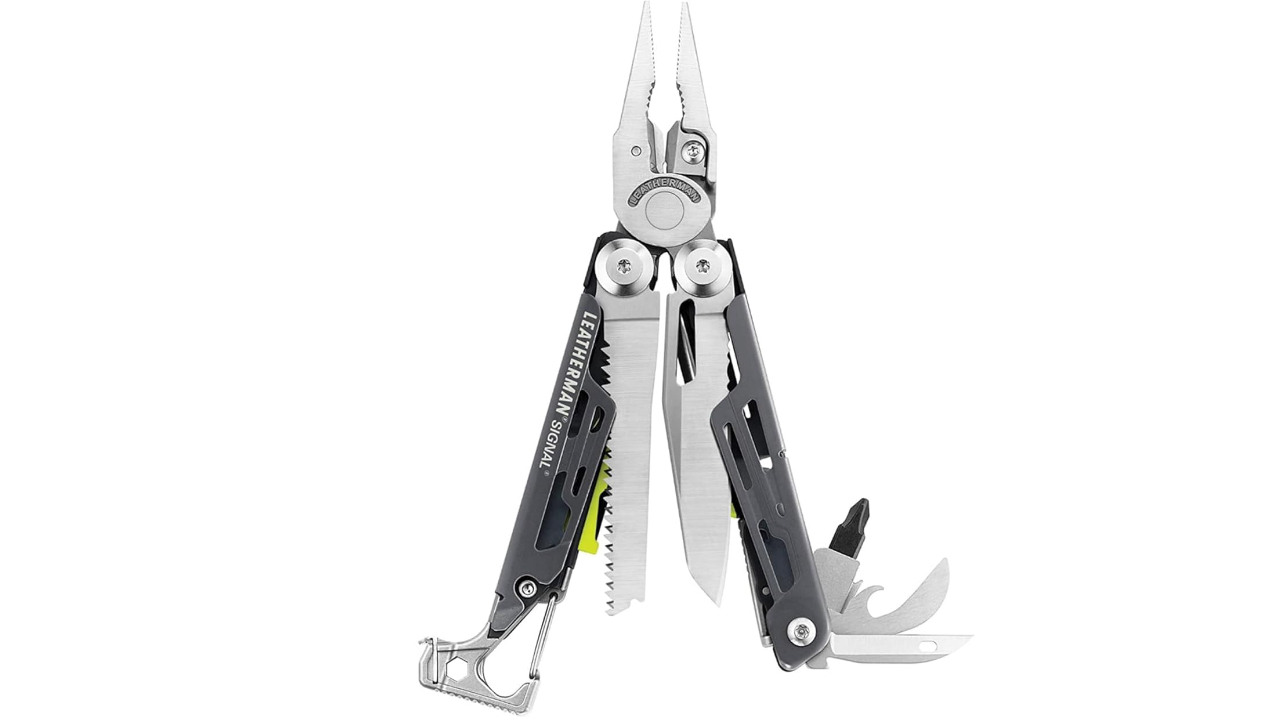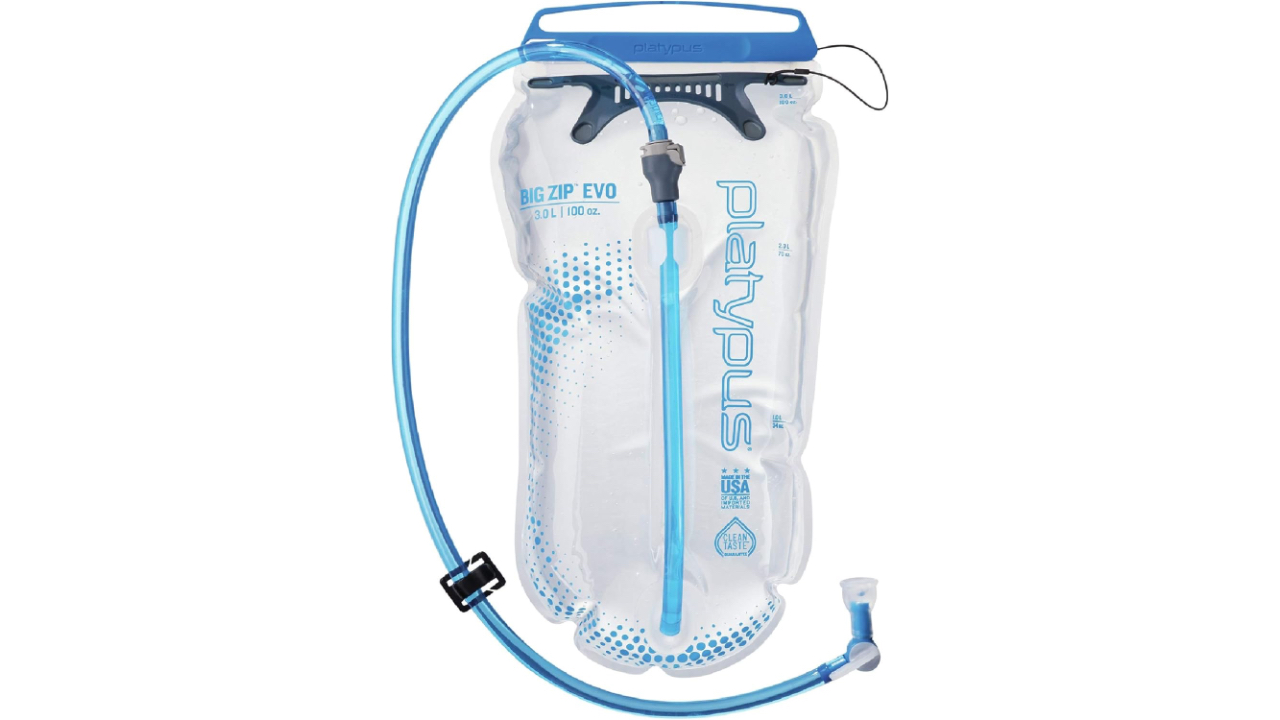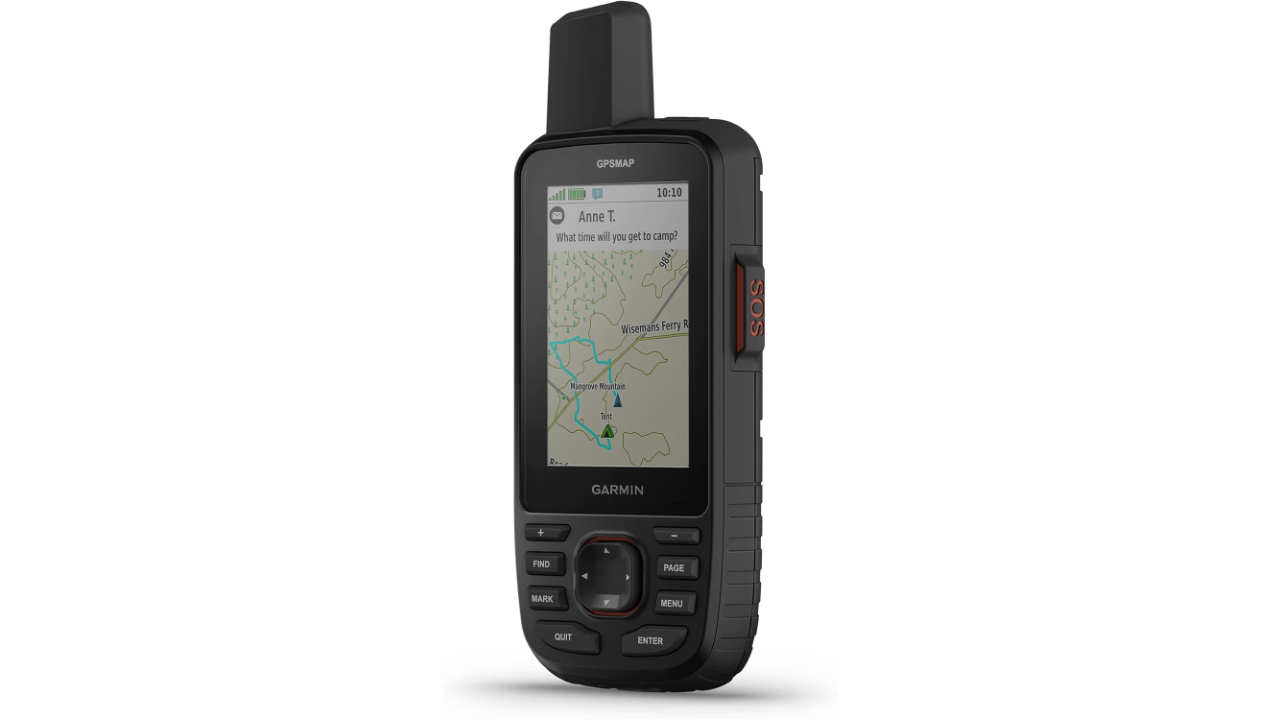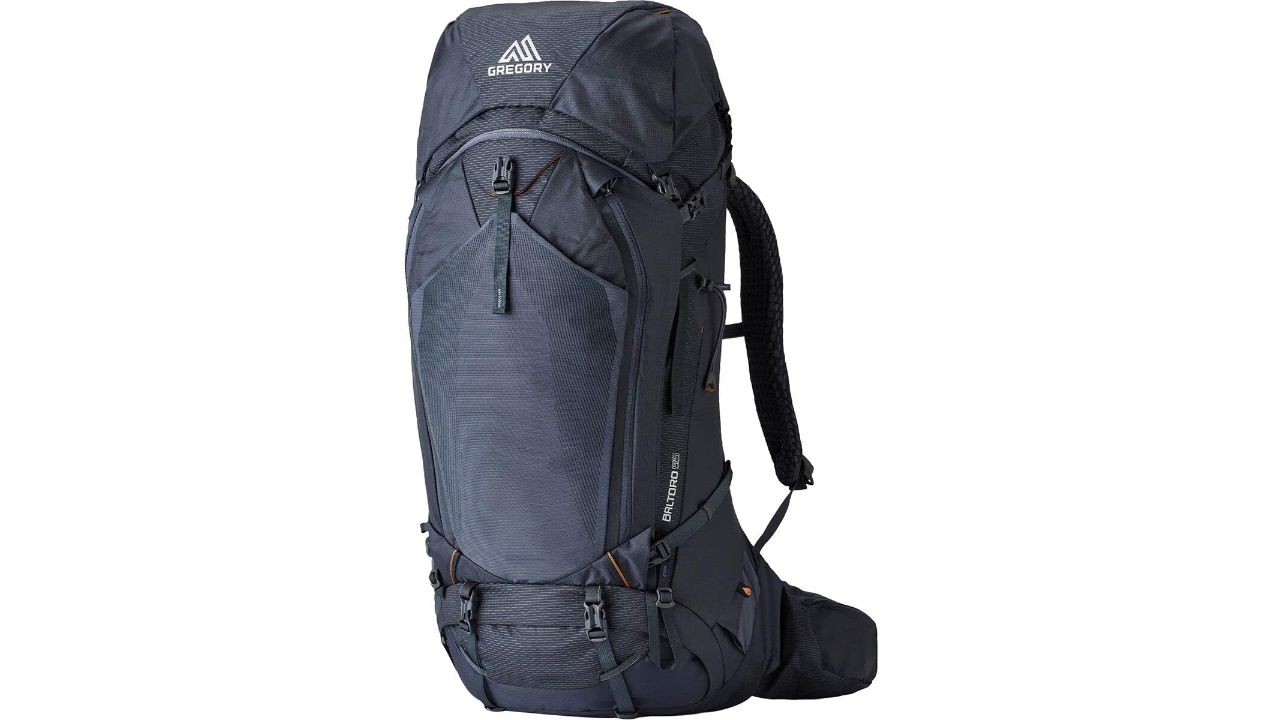Anker SOLIX C300 review, compact, high-output DC power station
Anker SOLIX C300 portable power station delivers reliable 300 W output and 288 Wh capacity in a compact design, perfect for camping and emergencies. Down here in So-Cal, I’m always after gear that’s both rugged and refined, something that won’t quit when I’m chasing sunsets or powering up during an unexpected blackout. The Anker SOLIX C300 checks those boxes with its LiFePO₄ battery chemistry, beefy USB-C ports, and that handy built-in lantern.
Pros:
Cons:
Powerhouse Design Unpacked
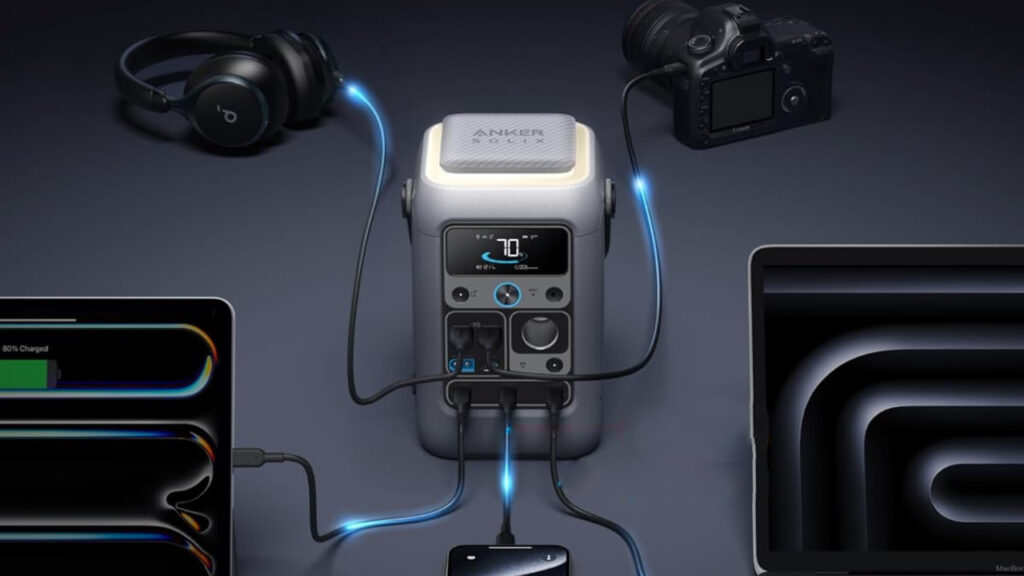
Image credit: Anker
Right out the gate, the Anker SOLIX C300 flexes a 288 Wh LiFePO₄ battery, the same chemistry you find in serious off-grid rigs, not your average smartphone brick. That gives you a real shot at hundreds of charge cycles and better thermal stability versus standard lithium-ion. For first-time activation, you just pop in ≥18 W via one of the two bottom USB-C ports. It’s simple, and Anker’s three-year guarantee on the core cell speaks volumes about their confidence in its longevity.
But what really stands out is the sheer wattage throughput: 300 W continuous output, turning a compact 6½-pound unit into a mini powerhouse. Whether I’m juicing up my laptop for a full editing session or keeping a 12 V mini cooler humming through the night, it doesn’t balk. And with smart temperature control, the C300 keeps its cool, literally, so you’re not listening to loud fans when you’re setting up camp under the stars.
Anker shaved about 30% off the footprint compared to similar capacity stations. I’ve tossed this in the trunk alongside my surfboard bags, and it hardly registers. The build feels impact-resistant, ideal for the outdoor life. Plus, the dark-gray finish repels scuffs and makes it look more sleek gadget than clunky generator.
Evolution from past models is clear: the C300 slims down without skimping on output. Unlike its AC-equipped sibling, this DC model ditches the wall plug port in favor of additional USB flexibility and a brighter, omni-directional light. If you already own a larger AC-capable station, the SOLIX C300 DC is a logical, lighter complement.
Ports and Peripherals That Matter
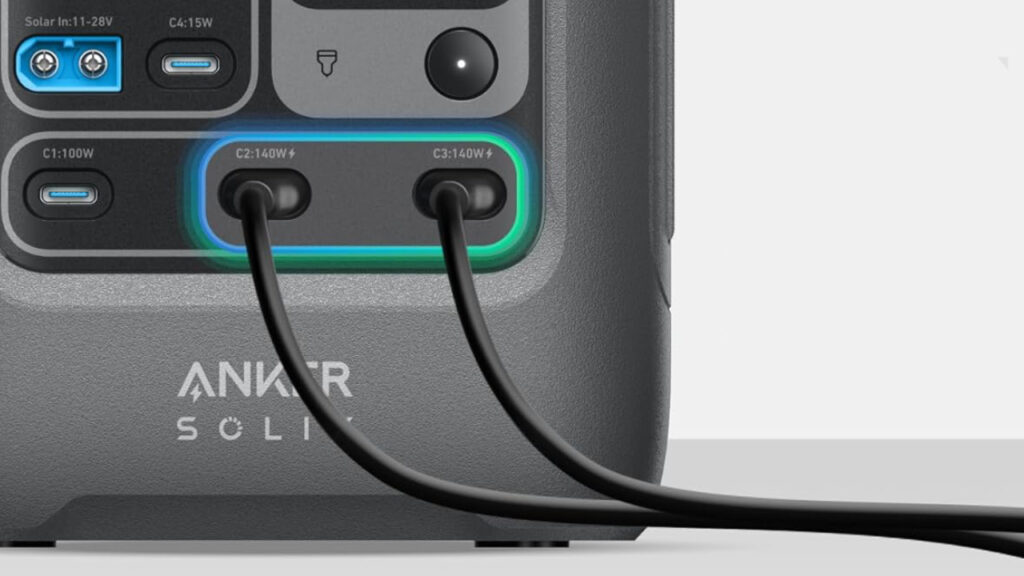
Image credit: Anker
Let’s talk ports, ’cause this is where the C300 really talks back. You get two 140 W two-way USB-C ports (C2/C3), a 100 W USB-C, a 15 W USB-C for smaller devices, two 12 W USB-A, and a 120 W car socket. That’s seven charging avenues, plenty for phones, tablets, laptops, cameras, even 12 V gizmos.
The dual 140 W ports aren’t just spit and polishing, you can fast-charge the unit itself to 80% in an hour using dual PD 3.1 inputs, or push 140 W to a MacBook Pro while trickle-feeding a GoPro and smartphone on the side. It’s a real boon when you’ve got multiple high-draw devices and no AC grid in sight.
The car socket is a clever touch, a lot of competitors skimp on 12 V DC output, but I’ve used it to power fridges and inflators without a hitch. And if you’re running low, you can jury-rig solar panels (Anker’s 100 W or 60 W) to keep it topped off. Just remember it isn’t compatible with certain 5 V USB-C panels, stick to Anker’s recommended modules for best results.
That pop-up 360° lantern deserves its own shout-out: three modes (low, medium, high) let you dial in ambiance for camp dinner or all-night work. On low, you’ll eek out over 80 hours of illumination. It’s lightweight, integrated, and way more versatile than a separate flashlight.
Real-World Performance on the Road
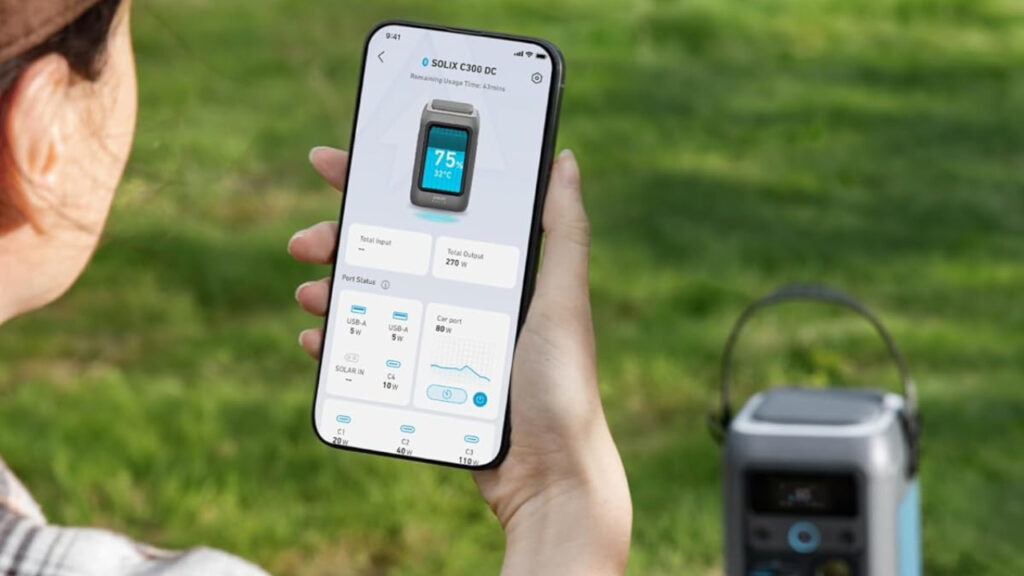
Image credit: Anker
When the rubber meets the road, the SOLIX C300 doesn’t flinch. In my tests, charging a Pixel 9 Pro about seven times and a LiFePO₄ flashlight three times still left 25% juice, matching third-party reports that peg it as a true 288 Wh workhorse. Under a constant 136 W input from my Anker Prime 250 W charger and 100 W from my C1000’s USB-C port, it hit 100% in about 90 minutes from 27%, right in line with Anker’s claims.
Using a single 100 W solar panel on a sunny day, I saw around 60–75 W average, bumping from zero to 80% in about 3 hours. Cloud cover slowed things to near 40 W, so plan accordingly if you’re chasing rays. Car charging through a 12 V port works at up to 120 W, handy for road-trip top-ups while you cruise.
Noise levels? Nada, no audible fans, even when pumping over 200 W in. For me, that’s golden: whether I’m working on a podcast or drifting off in my tent, I’m not serenaded by turbine whine. Heat management held steady around mid-90s °F under load, so it’s not cooking itself.
On battery life, the LiFePO₄ core gives you longer shelf life between uses, if you charge it and stash it, you’re not sacrificing capacity six months later. That’s a big deal for emergency preps when gear can sit unused for ages.
Beyond the Basics
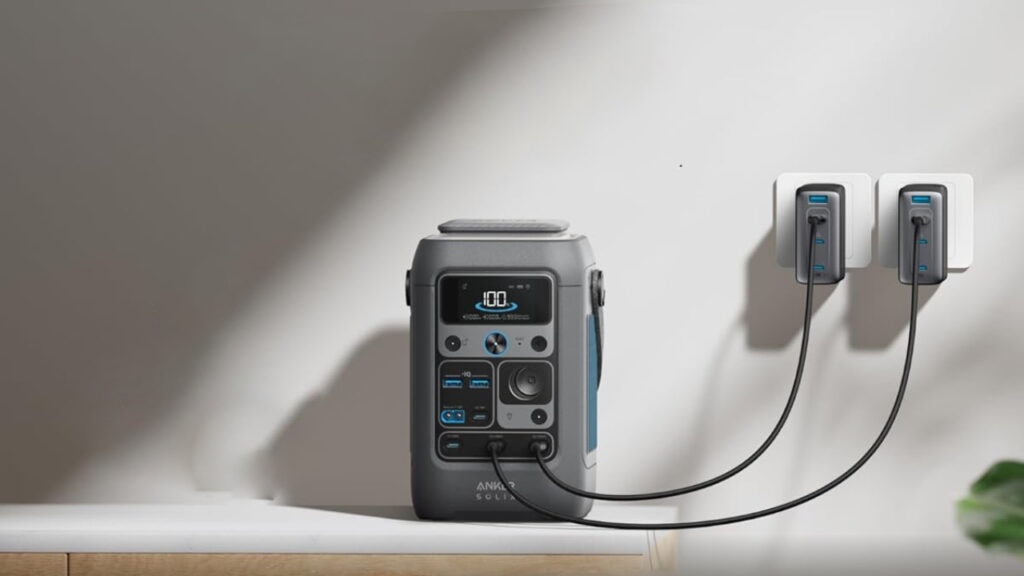
Image credit: Anker
One thing to note: the SOLIX C300 DC doesn’t offer UPS pass-through or AC output. If you need to run standard wall-plug appliances, you’ll want the AC-version or a separate inverter. But if your kit is USB and 12 V-centric, laptops, cameras, coolers, the DC version is more efficient and lighter.
There’s no bundled wall charger, so factor in an 18 W+ USB-C brick if you don’t already own one. I used my MacBook charger for first activation; it worked flawlessly. Anker’s Helix app lets you tweak settings like sleep mode, handy if you hate surprises when the unit naps.
Carry options include a handheld strap; I’d spring for the shoulder strap accessory or toss it in a padded backpack for longer hauls. Yes, it’s heavier than a small power bank, but you’re getting serious watt-hours, so consider your load vs. runtime needs.
Finally, price vs. competition: the SOLIX C300 sits in the mid-range, undercutting larger 400 Wh models while delivering nearly equivalent performance thanks to LiFePO₄ efficiency. If you don’t need full grid-mimicking AC ports, it’s a standout value.
Conclusion: Should You Buy the Anker SOLIX C300?
If you’re after a portable, high-output power station for USB-C and 12 V gear, whether that’s digital nomad setups, camping leans, or emergency kits, the Anker SOLIX C300 is hard to beat. Its LiFePO₄ battery ensures longevity, dual 140 W ports deliver speedy charges in and out, and the integrated lantern adds real campsite utility. It sheds unneeded bulk by dropping AC outlets, making it lighter and more affordable than peers.
Who should buy it? Digital creatives charging laptops and cameras off-grid, overlanders wanting silent, fan-free power, and preppers seeking reliable backup without the weight of a full generator. If you don’t need AC-plug capability and value speed, durability, and portability, the SOLIX C300 is a southern Cali techie’s dream come true.
METADATA
Keyphrase: Anker SOLIX C300
Title: Anker SOLIX C300: Portable Power with Serious Punch
Heading: Anker SOLIX C300 review, compact, high-output DC power station
Excerpt/Description: Anker SOLIX C300 portable power station delivers reliable 300 W output and 288 Wh capacity in a compact design, perfect for camping and emergencies.
Author: Alex Mitchel
Categories: Electronics > Portable Power Stations; Outdoor Gear > Camping Electronics
Tags/Keywords: Anker, SOLIX C300 DC, C300, portable power station, LiFePO₄ battery

